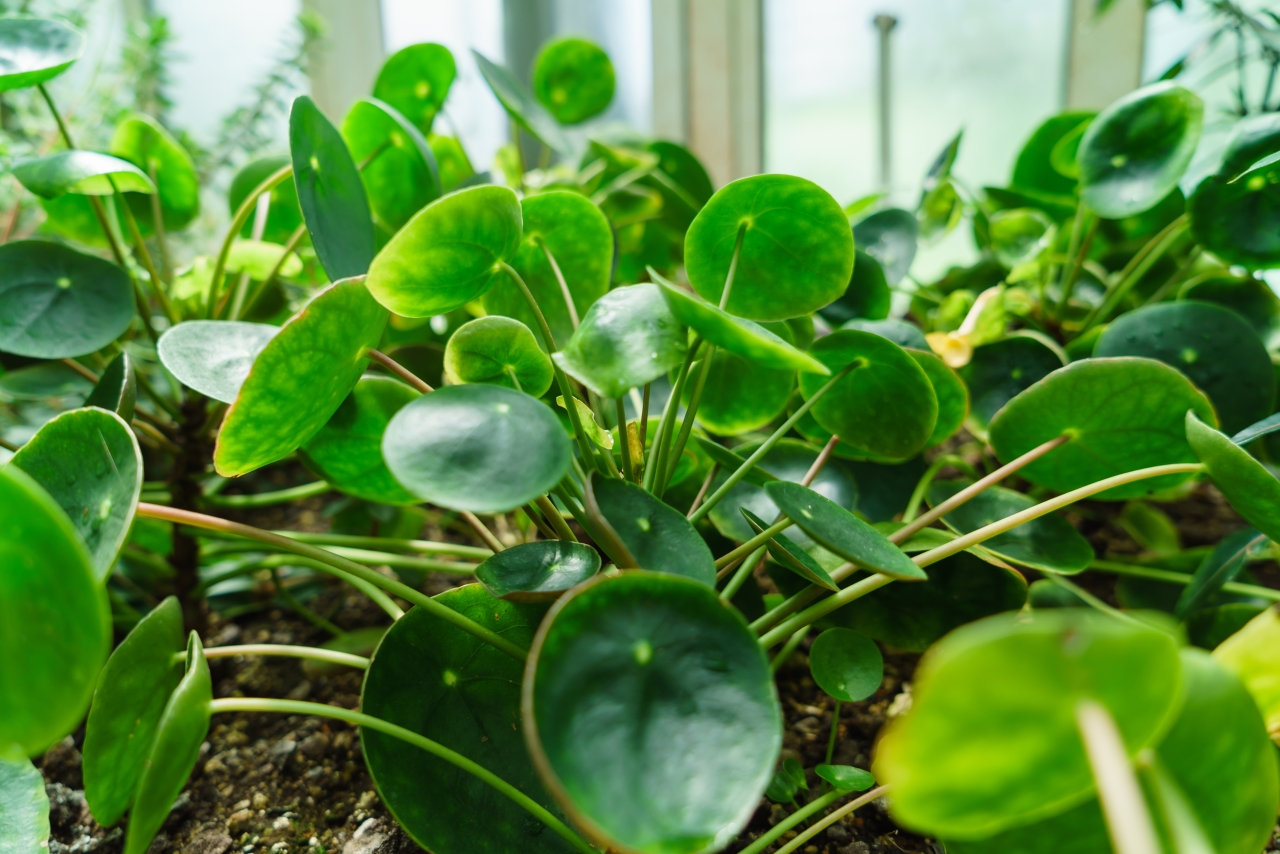Yes, You Can Create a Native Plant Garden! - California Native Plant Society
- Read original article here

Have you always wanted to start a native plant garden, but don’t know where to start? It can seem daunting to figure out which plant is suited for the right place, how to space your plants, how to make smart use of available water, or how best to reflect the beauty of natural landscapes.
But transitioning to a native plant garden doesn’t have to be overwhelming. CNPS worked with partners to developBloom! California to make it easier for more people to create beautiful, native gardens. Bloom! partner, Miridae Landscape Architecture and Construction, developed a suite of native plant landscape design templates that you can find on the Bloom! California ’s website. These are essentially“recipes” you can follow for a variety of styles and needs, including:
These design templates use resilient and reliable native California plants available for purchase at your localBloom! California nursery. Whether your green space is large or small, suitable for yarrow or valley oak, you can start small and build as you go. You can use the templates in combination or as a single project. Here are a few suggestions to get you started using the design templates.
Before you get inspired, get familiar with your garden’s characteristics with the following observations:
Scope: Define the area for your planting project. Will it be a few pots? A narrow strip next to the sidewalk? An entire yard? Light conditions: Observe sun and shade on your site throughout the day. Keep in mind that the sun is at its highest angle during summer and lowest during winter, so exposure will vary across seasons. Wet spots: Identify low points (if any) where water might accumulate. Zones: Based on your observations, divide your site into smaller zones of like conditions. Cost: What is your budget for the project? Adjustments to plant sizes/plant quantities or a phased approach to the design can help keep costs manageable. Involvement: How much time and energy are you willing to spend taking care of your plants? Some plants don’t need as much attention as others, but all plants require some basic maintenance!
Shady Refuge Planting in shade is all about choosing plants that are suited to low light conditions.
Sunny Pollinator Patch Areas with full sun are perfect for drought-adapted native flowering plants, which also serve as important sources of food and shelter for birds, bees, butterflies, and other pollinators.Use These Plants
Privacy Hedgerow Native shrubs such as the dense, evergreen Toyon (Heteromeles arbutifolia), can be a more beautiful and ecologically beneficial alternative to conventional fencing.Use These Plants
Pots and Planters This is a personal favorite of ours, and possible for any space. You can create a native plant oasis on your patio or balcony with just a few containers.Use These Plants
Linear Strips & Swale No space is too small or narrow to add at least a few native plants. For tough spots like curbsides and medians, try resilient grasses mixed with annually seeded flowers.Use These Plants
Welcoming Entry For a wilder and more natural look, work with curves instead of lines. Layer and weave drifts of species together.Use These Plants
For a more contemporary look, stick with straight lines and interrupt single-species planting areas with a specimen of Manzanita or Deer Grass. For a more minimalist look, cut back on the total number of plants.
Wherever you live in California and no matter what your style is, Bloom California’s garden inspiration vignettes show a range of garden solutions. Discover more ideas that speak to your garden and vision, along with Resources, a Nursery Locator, and more at bloomcalifornia.org.
Images Powered by 
